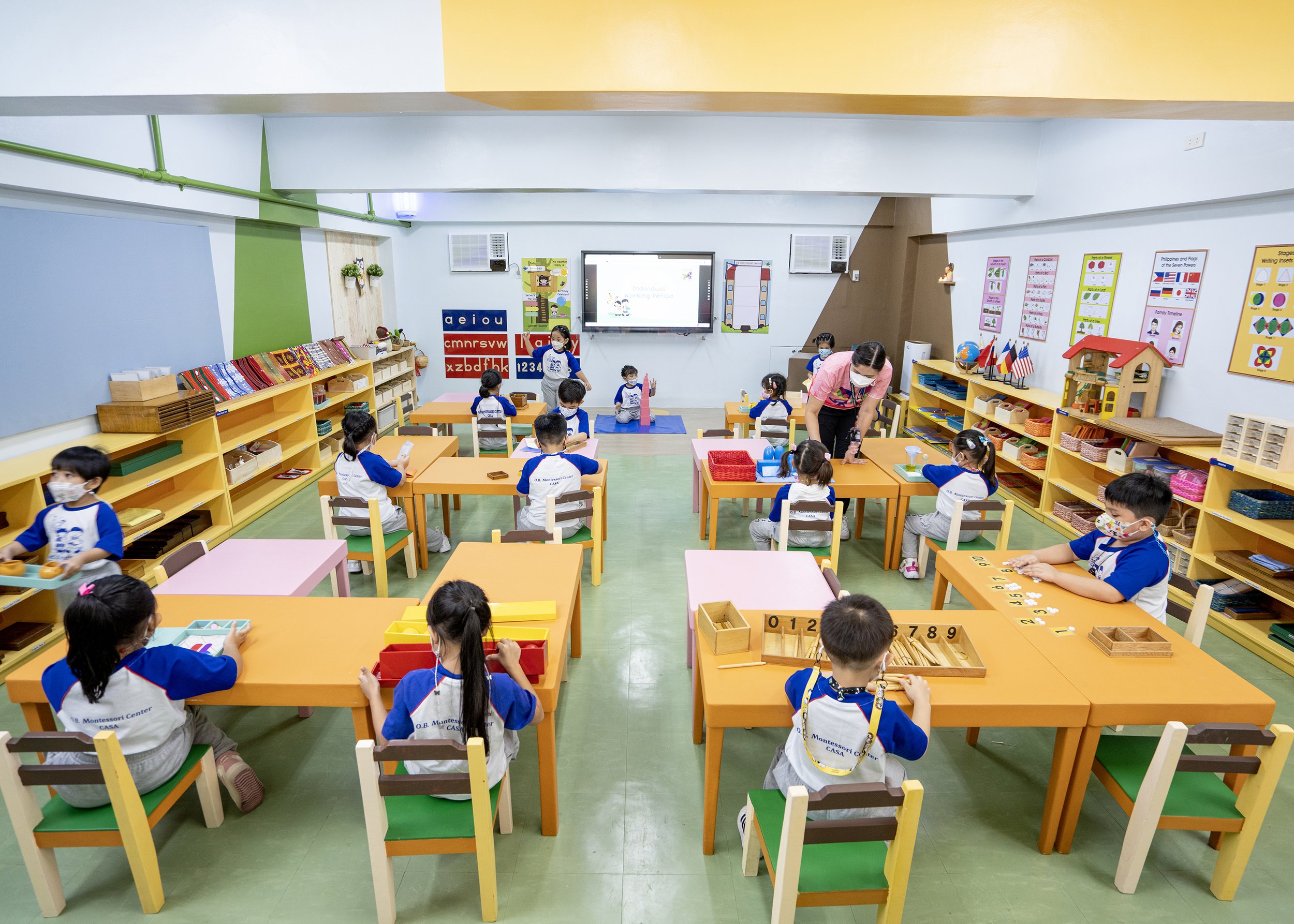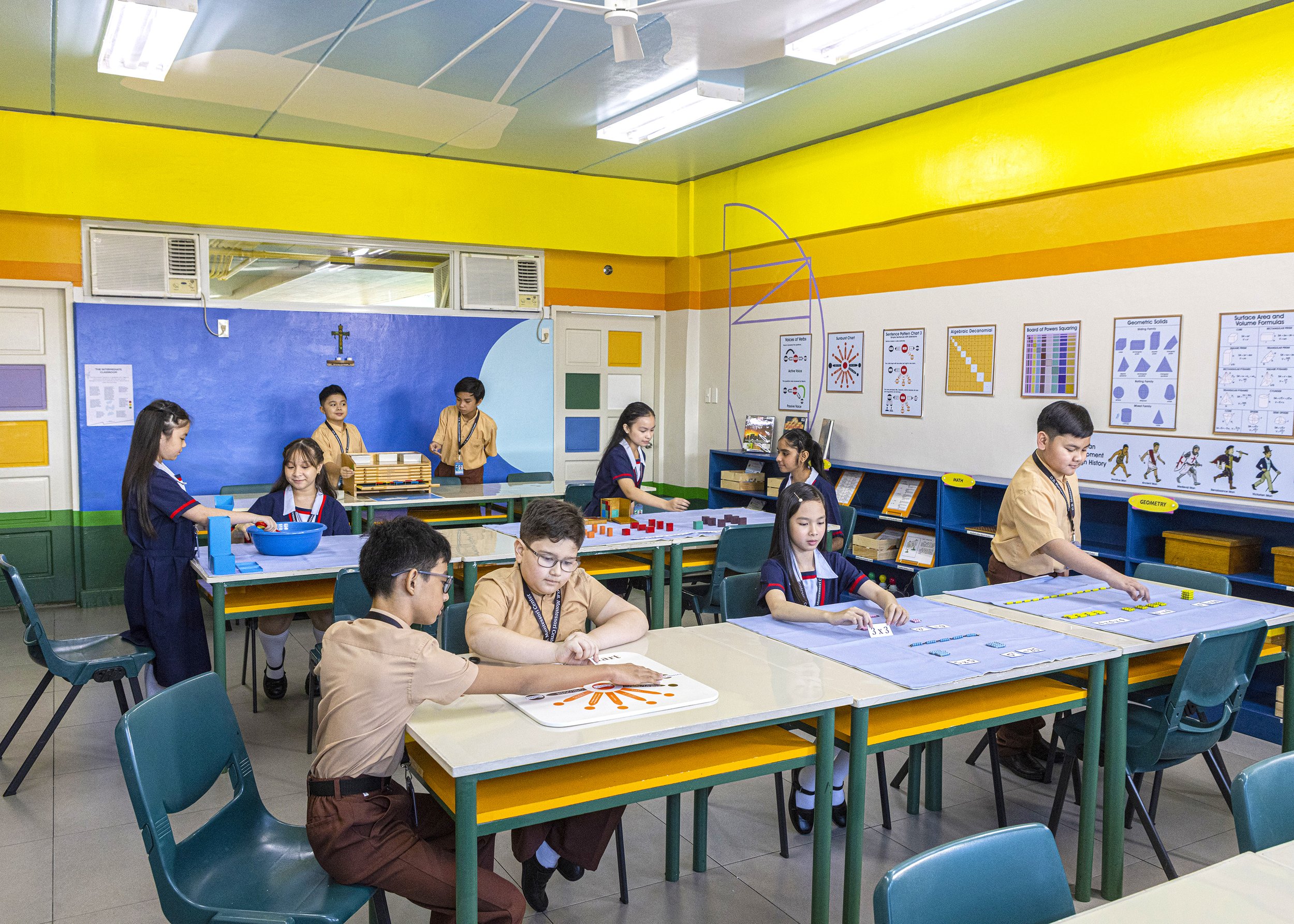
O.B. Montessori Center
Empowering Future Leaders
At Operation Brotherhood Montessori Center, each child is nurtured in the holistic method of Dr. Maria Montessori.
Welcome to the O.B. Montessori Center in the Philippines!
We are a progressive Pre-K to 12 co-educational school where we blend tradition and innovation to prepare a child for life. Our mission is to transform our students into self-developing and productive individuals able to succeed, direct, and influence the future of an ever-changing world.
Explore our programs and discover the vibrant community that makes OBMC a unique place for a child to grow and develop.

Programs
Casa (Ages 3–5)
Primary Grade School (Ages 6–8)
Intermediate Grade School (Ages 9–12)
Junior High School (Ages 13–16)
Senior High School (Ages 17–18)

Campuses
Our campuses offer accessible, high-quality Montessori education in a nurturing environment that is suitable for learning, creativity, and development.
Come and visit our facilities to experience what each OBMC campus offers your child and family.
Angeles
Fairview
Greenhills
Las Piñas
Sta. Ana











